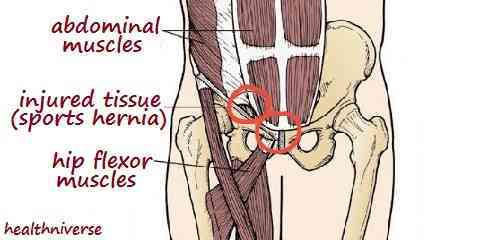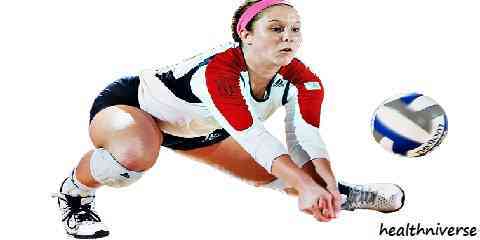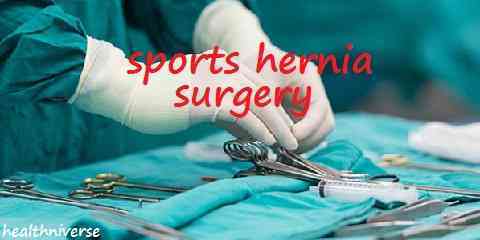Sport hernia is a very painful injury which occurs in your groin area. Intense twisting activities could lead into sport hernia. Where is a sport hernia? A sport hernia is a strain or tear of any delicate tissue (muscle, ligament, tendon) in the lower guts or groin area. Since various tissues might be influenced and a customary hernia may not exist, the therapeutic group lean towards the expression “athletic pubalgia” to allude to this sort of injury.
The overall population and media are more acquainted with “sports hernia” in any case, and this term will be utilized for the rest of this article. The treatment for sport hernia itself depend on how severe your injury is. In most of the case, the doctor suggests a surgical treatment for better treatment. There are 3 surgical procedure in sport hernia surgery that you need to know that will be discussed in this article.

The indications or symptoms of sport hernia can imitate those of numerous different sorts of common groin injury, and there is no conclusive demonstrative test—making it a difficult condition to analyze. Manifestations can likewise be obscure, with competitors uncertain why they have suddenly or progressively observed a drop in their athletic performance.
Causes of Sport Hernia


Repressed, tight, and feeble muscles in the hip compartment cause poor development designs (soccer/football, strolling, running, act while sitting and remaining) and in addition poor shape while working out. After some time, these negative behavior patterns make your body grow unevenly as more grounded muscles make up for weaker ones. At last, this prompts damage.
The main arrangement is to start reinforcing those powerless muscles which will then start to initiate and take weight off the damage site, enabling it to at long last mend.
Surgical Treatment for Sport Hernia

medical procedure
Medical procedure of sport hernia surgery to repair the torn tissues in the groin should be possible as a conventional, open strategy with one long entry point, or as an endoscopic system. In an endoscopy, the specialist makes littler skin entry points and uses a little camera, called an endoscope, to see inside the stomach area.
A few instances of sport hernia surgery require cutting of a little nerve in the groin (inguinal nerve) amid the medical procedure to calm the patient’s agony. This methodology is called an inguinal neurectomy. Your specialist will talk about the surgery that best addresses your issues.
surgical rehabilitation
Your specialist will build up a recovery intend to enable you to recapture quality and continuance. Most athletes can come back to sports 6 to 12 weeks after medical procedure.
surgical outcomes
Over 90% of patients who experience nonsurgical treatment and after that medical procedure can come back to sports movement. In a few patients the tissues will tear again amid sports and the careful repair should be rehashed.
additional surgery
At times of sport hernia surgery, torment in the inward thigh proceeds after medical procedure. An extra medical procedure, called adductor tenotomy, might be prescribed to address this torment. In this system, the ligament that appends the inward thigh muscles to the pubis is cut. The ligament will recuperate at a more prominent length, discharging strain and giving the patient a more noteworthy scope of movement.
Most people may neglect the treatment or sport hernia (athletic pubalgia) surgery because they think that it is not a serious problem. If you are one of these people, you should change your way of thinking. Neglect the injury you had will not reduce your pain, it will make it worse.